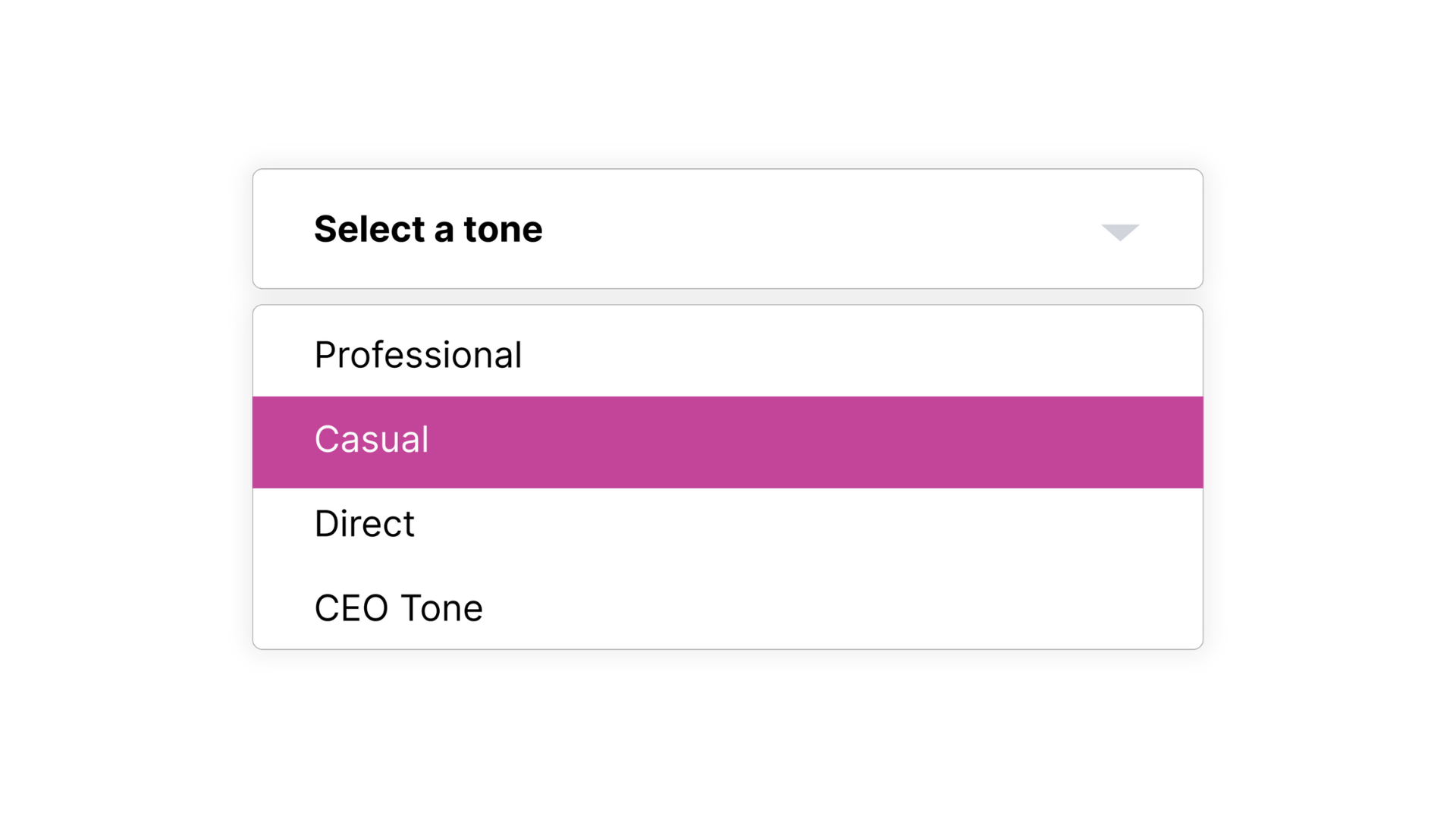Rebranding is a complex challenge that requires a strategic internal communication plan, especially during a brand launch, to succeed. This internal comms playbook for a seamless rebrand rollout offers actionable insights on pre-launch strategies, employee engagement, communication tools, and post-launch evaluations to keep your team informed, engaged, and prepared.
Aligning the rebrand with the company's business goals is crucial to ensure that all employees are informed and engaged, supporting organizational success.
Below are five essential internal campaigns designed to ensure your rebrand resonates throughout the organization, aligning every member with the new brand identity and vision.
Introduction to Rebranding
Rebranding is a complex and multifaceted process that involves updating, refreshing, or overhauling a company’s existing image, identity, and positioning in the market. It requires careful planning, execution, and communication to ensure a successful transition. A well-executed rebrand can help companies adapt to changing market trends, increase brand recognition, and drive business growth.
To navigate this challenging journey effectively, it’s essential to implement a strategic internal communications plan that keeps employees informed, engaged, and aligned with the new brand identity. The following five campaigns form the core of this internal comms playbook for a seamless rebrand rollout. Each campaign focuses on critical phases—from pre-launch preparation to post-launch evaluation—ensuring your internal teams and employees are equipped, motivated, and empowered to champion the rebrand and contribute to its lasting success.

1. Pre-Launch Awareness Campaign: Laying the Groundwork
Before the rebrand goes public, conducting a thorough brand audit and developing new brand guidelines are critical steps. This campaign focuses on preparing your internal communications teams and employees by sharing insights from market research and focus groups to highlight the rationale behind the change. Additionally, use surveys and focus groups to collect feedback from employees to better understand their perceptions and preferences.
Utilize digital channels like all-hands meetings, intranet updates, and email newsletters to keep employees informed about the upcoming changes. Emphasize the importance of maintaining brand consistency and how the new brand identity supports the organization’s goals and business objectives. Ensure that key stakeholders are involved in the review process during the pre-launch phase to incorporate diverse insights and align the branding with the company's overall vision.
A robust pre-launch internal communications strategy fosters employee engagement and ensures everyone understands the significance of the rebrand, setting the stage for internal alignment and success.
2. Internal Engagement Campaign: Building Employee Buy-In
Employee engagement and buy-in are crucial for a successful rebrand rollout. A positive employee experience is essential for ensuring engagement, as it helps employees feel connected, engaged, and informed about company initiatives. This campaign encourages active participation through internal announcements, training sessions, and interactive platforms such as Q&A forums and surveys to gather feedback.
Leverage brand ambassadors within different departments to champion the new brand, enhancing internal advocacy and promoting consistent messaging. Training should go beyond basic brand guidelines, providing employees with the tools and knowledge to represent the new brand confidently and feel empowered to make decisions and take initiative.
By facilitating two-way communication and making employees feel heard and empowered, this campaign strengthens loyalty and transforms staff into passionate brand advocates.

3. Communication Tools Campaign: Enhancing Reach and Effectiveness
Effective use of communication tools and digital platforms is essential to deliver timely, relevant information across all departments and locations. Leveraging data can enhance the effectiveness of these communication tools by ensuring messages are personalized and timely. This campaign focuses on deploying modern tools such as mobile apps, cloud-based workforce communications platforms, and customizable templates.
These tools enable real-time updates, targeted messaging, and streamlined content creation, ensuring the right message reaches the right audience at the right time. Creating visual aids like videos and infographics can simplify complex brand elements and increase engagement.
Providing dedicated support channels during the rollout helps address employee questions promptly, reinforcing confidence and clarity throughout the transition.
4. Consistency and Alignment Campaign: Keeping Everyone on the Same Page
Maintaining brand recognition requires consistent messaging across all departments and external partners. It is crucial to align all communication with the brand's identity to enhance customer loyalty and trust. This campaign involves department-specific briefings tailored to clarify how the rebrand affects each team’s functions and responsibilities.
Distribute new brand guidelines widely and develop customizable communication templates to facilitate adherence to the updated visual identity and tone of voice. Regular updates keep momentum high and ensure alignment with the organization’s goals.
By addressing challenges such as outdated systems and information silos, this campaign helps internal communications teams overcome barriers to effective communication and engagement.

5. Post-Launch Evaluation Campaign: Monitoring and Reinforcing the New Brand
The rebrand journey doesn’t end on launch day. This campaign focuses on continuous monitoring of employee feedback through anonymous surveys, focus groups, and open forums to gauge sentiment and identify areas for improvement. Ongoing engagement is crucial to maintain strong connections and adapt strategies effectively.
Reinforce key messages consistently to solidify the new brand identity and prevent confusion. Leadership plays a vital role in reinforcing these messages and maintaining brand consistency. Establish long-term monitoring processes to adapt communication strategies based on evolving market trends and organizational needs.
By sustaining engagement and maintaining brand consistency over time, this campaign ensures the new brand continues to resonate with employees and external partners, driving business growth and internal communications success.
By implementing these five internal campaigns, your organization can successfully navigate the complexities of a rebrand, keeping employees informed, engaged, and motivated. This comprehensive approach ensures that your new brand identity is embraced and championed across all levels, ultimately contributing to a seamless rebrand rollout and lasting business impact.















